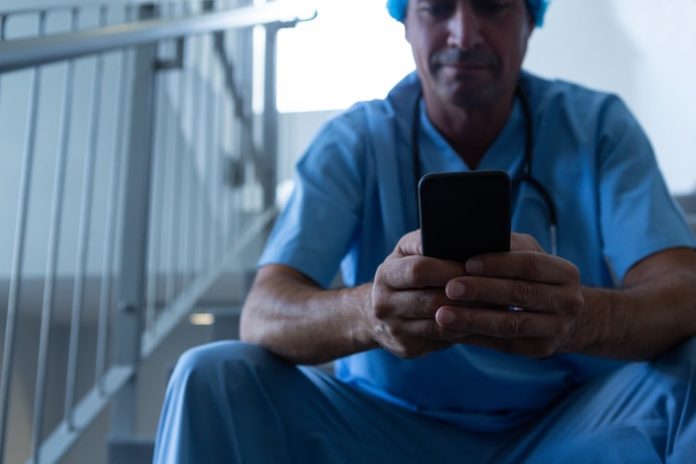
Teleconsultation uses communication and information technology to bridge geographical and time distances between treating physicians, consulting physicians, and patients. Teleconsultation is also referred to as Remote Consultation. Teleconsultation is generally used in at least three distinct ways: between multiple providers, between a health provider and a patient, and between physicians, care providers, and patients simultaneously. In this article, Dr. Joel Arun Sursas discusses some recent developments and studies regarding the applicability and efficacy of teleconsultation regarding patient outcomes.
Teleconsultation Between Physicians
When appropriately used, teleconsultation improves patient diagnosis and treatment, and can significantly assist the development of physician relationships and trust. Requesting physicians are responsible for collecting accurate and complete information as needed to allow the remote consulting physician to provide quality care.
Because the consulted physician has no physical patient contact, their expert opinion can only be based on the information received from the referring physician. Therefore, the quality of that information is paramount to the entire teleconsultation process. As technology advances, improvements to teleconsultation will come through better information being provided to consulted experts, including higher quality images, videos, and qualitative digital data.
Teleconsultation Between Physicians and Patients
The use of teleconsultation technology varies greatly from provider to provider. As a tool for reducing costs, increasing efficiency, and promoting patient satisfaction, teleconsultation is proving to be a valuable tool in clinical care. Physicians are continuing to learn more and more about the benefits and limitations of the technology, and the use of teleconsultation is a work in progress.
The advances in communication technology significantly affect consumer desires and the care they expect to receive. Rather than leaving a message and receiving a call or message in response, many patients will become more accustomed to a short video consultation. As communication technology develops and improves, the patient-focused market for healthcare is sure to drive the demand for direct physician to patient consultation upward.
Group Teleconsultation Between Physician, Care Provider, and Patient
Small outpatient clinics inside pharmacies or retail spaces have made significant advances in available patient care through teleconsultation in recent years. Patients who are not ambulatory are often restricted from making direct physician visits because of a variety of reasons, including cost, geography, and time.
However, these patients now can opt to use outpatient clinics for consultation with a nurse or other care provider who has access to physician teleconsultation. Inappropriate cases, additional care can be provided. This group approach can be advantageous for the patient, the physician, and the pharmacy on-site at the outpatient facility.
Teleconsultation as Palliative Care For Patients With Advanced Conditions
Studies have been conducted to examine the efficacy of teleconsultations between palliative care specials in a hospital setting and home-bound patients with life-threatening conditions. Regarding the symptom burden of those patients receiving palliative care for advanced cancer, studies to date have been inconclusive. Further studies have been recommended to examine the interaction between teleconsulting and traditional palliative care.
About Dr. Joel Arun Sursas:
Dr. Joel Arun Sursas is a skilled Medical Doctor and Health Informatician who is motivated to solve technological and administrative problems in healthcare. He works closely with engineers and implementation consultants to achieve medical technology solutions that improve patient outcomes, enhance monitoring, and protect patient privacy. Dr. Joel Arun is an effective communicator who focuses on developing cooperation and improved cohesion of multi-disciplinary teams in healthcare.
References
1. Deldar K, Bahaadinbeigy K, Tara SM. Teleconsultation and Clinical Decision Making: a Systematic Review. Acta Inform Med. 2016;24(4):286–292.
2. Esterle L, Mathieu-Fritz A. Teleconsultation in geriatrics: impact on professional practice. Int J Med Inform. 2013 Aug;82(8):684-95.
3. Thijssing L, Tensen E, Jaspers M. Patient’s Perspective on Quality of Teleconsultation Services. Stud Health Technol Inform. 2016;228:132-6.
4. Hoek PD, Schers HJ, Bronkhorst EM, Vissers KCP, Hasselaar JGJ. The effect of weekly specialist palliative care teleconsultations in patients with advanced cancer -a randomized clinical trial. BMC Med. 2017;15(1):119.











